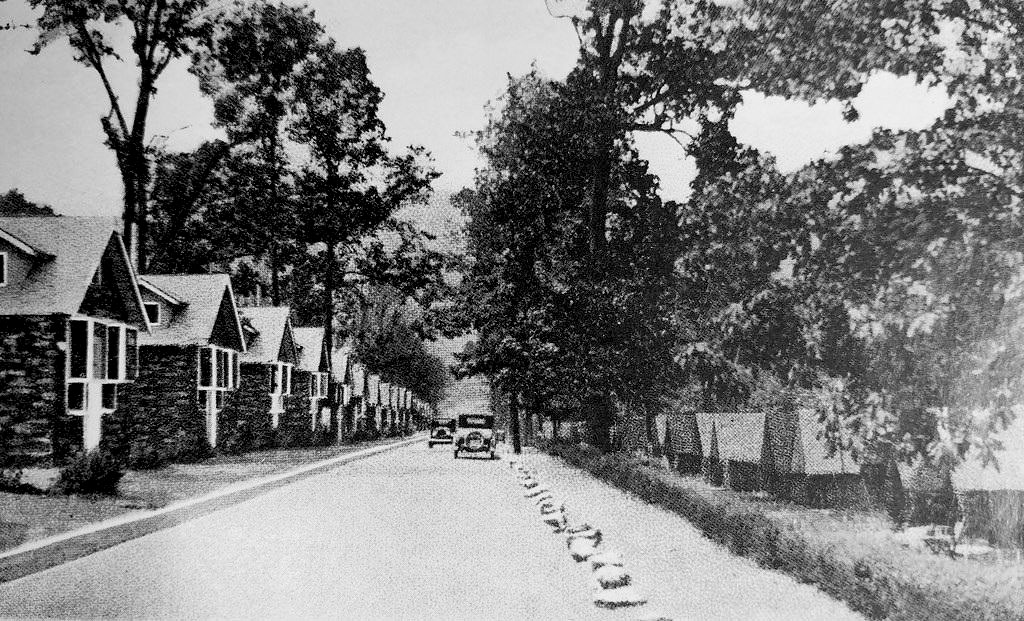The Woodpecker vs. Fort Ritchie
Sitting atop South Mountain, Fort Ritchie helped save the world from the Nazis during World War II. However, the camp didn’t fare as well against woodpeckers.
Fort Ritchie’s history dates back to 1889 when the Buena Vista Ice Company of Philadelphia purchased 400 acres on South Mountain. The company developed the land and built lakes where it planned to cut ice from to ship to the surrounding cities for use as the refrigeration source in ice boxes. The first lake was built in 1901 and named Lake Royer. Buena Vista shipped out the ice on the Western Maryland Railroad, which ran through the area.
Business continued until the demand for ice dropped off due to the development of electric refrigeration, and the Buena Vista Ice Company eventually closed.
In 1926, the Maryland National Guard was looking for a location for a summer training camp. It chose the Buena Vista Ice Company property. Not only was the location isolated enough for the National Guard’s training needs, it was located along the railroad, so it could be easily accessed and communications could be maintained using the telegraph line that already ran through the area.
The Maryland National Guard used the site from 1926 to 1942. On June 19, 1942, the U.S. Army took over the site for its Military Intelligence Training Center. During World War II, 19,600 intelligence troops trained at the camp.
Despite the vast knowledge and intelligence training of these soldiers, woodpeckers managed to sabotage the camp, even if the interference lasted a short time.
In 1948, newspapers in Maryland and Pennsylvania ran stories about how woodpeckers were frustrating Col. Leland T. Reckford, the fort commander, with their attacks on power line poles.
“One woodpecker was so diligent in his attack on a pole that the first hard gust of wind the other day sent it crashing to the ground,” the Hagerstown Morning Herald reported on November 9, 1948.
The 2,200-volt power line came down with the pole, causing outages in the area, including the camp.
“There are plenty of trees in the surrounding mountains, if the woodpeckers simply must release their emotions by pecking, camp officials point out,” according to the Morning Herald.
Woodpeckers peck for three reasons, according to Ornithology.com. It uncovers insects, insect eggs, and larvae, which the woodpeckers eat. They drill holes in dead or dying trees to create nests. The hammering also serves as a type of communication to mark territory.
“This is why you might see a flicker pounding on a metal power pole or your house siding–to make the loudest sound he can, not to look for food or drill a hole, but to make a statement,” according to the website.
Given the damage to the power line pole, it seems likely the woodpeckers used it create a nesting area, but instead, compromised the strength of the pole.
The newspapers don’t note how the camp solved its woodpecker problem, but it wasn’t mentioned again, nor were there any articles talking about additional falling power line poles.
Fort Ritchie closed in 1998 under the 1995 Base Realignment and Closure Commission.

An old postcard view of Barrick Avenue at Fort Richie.

